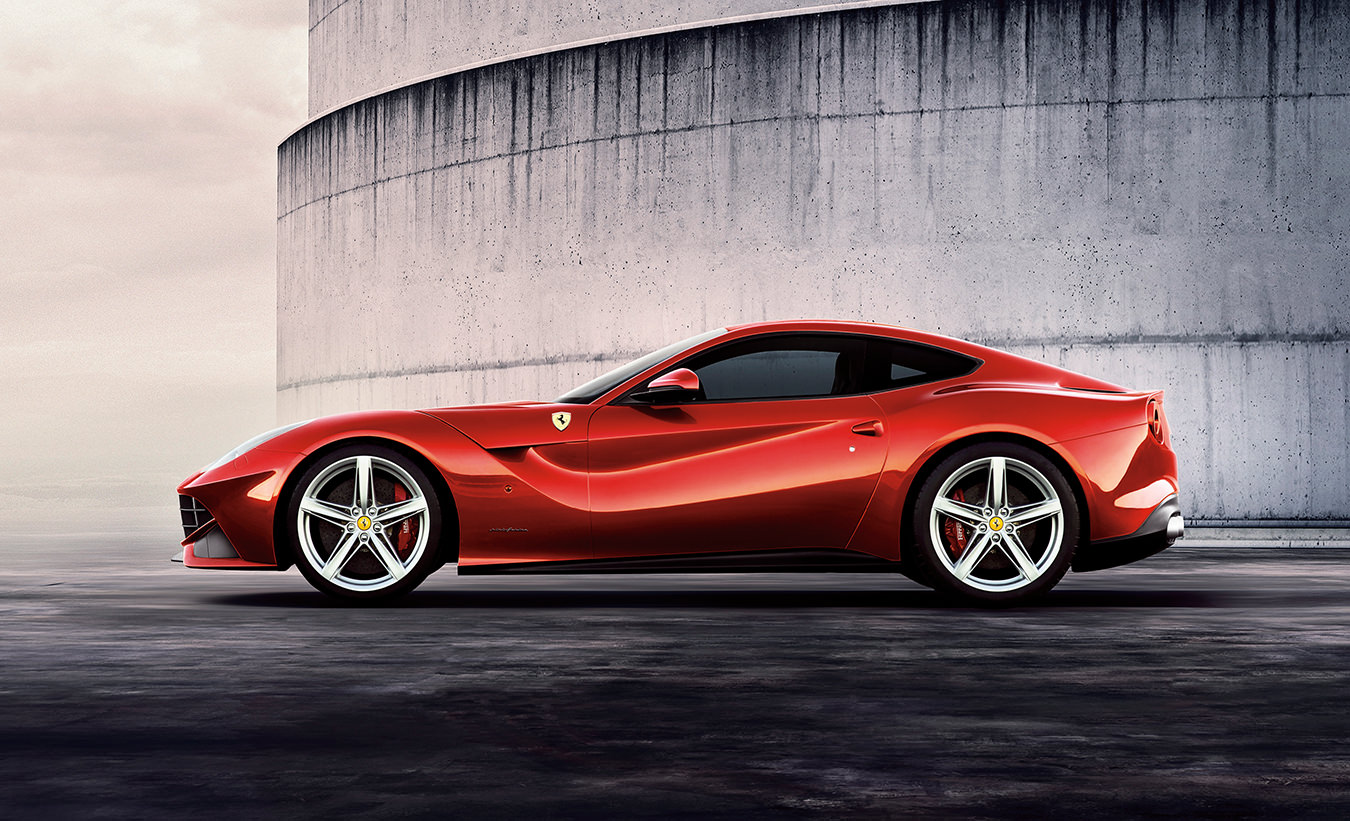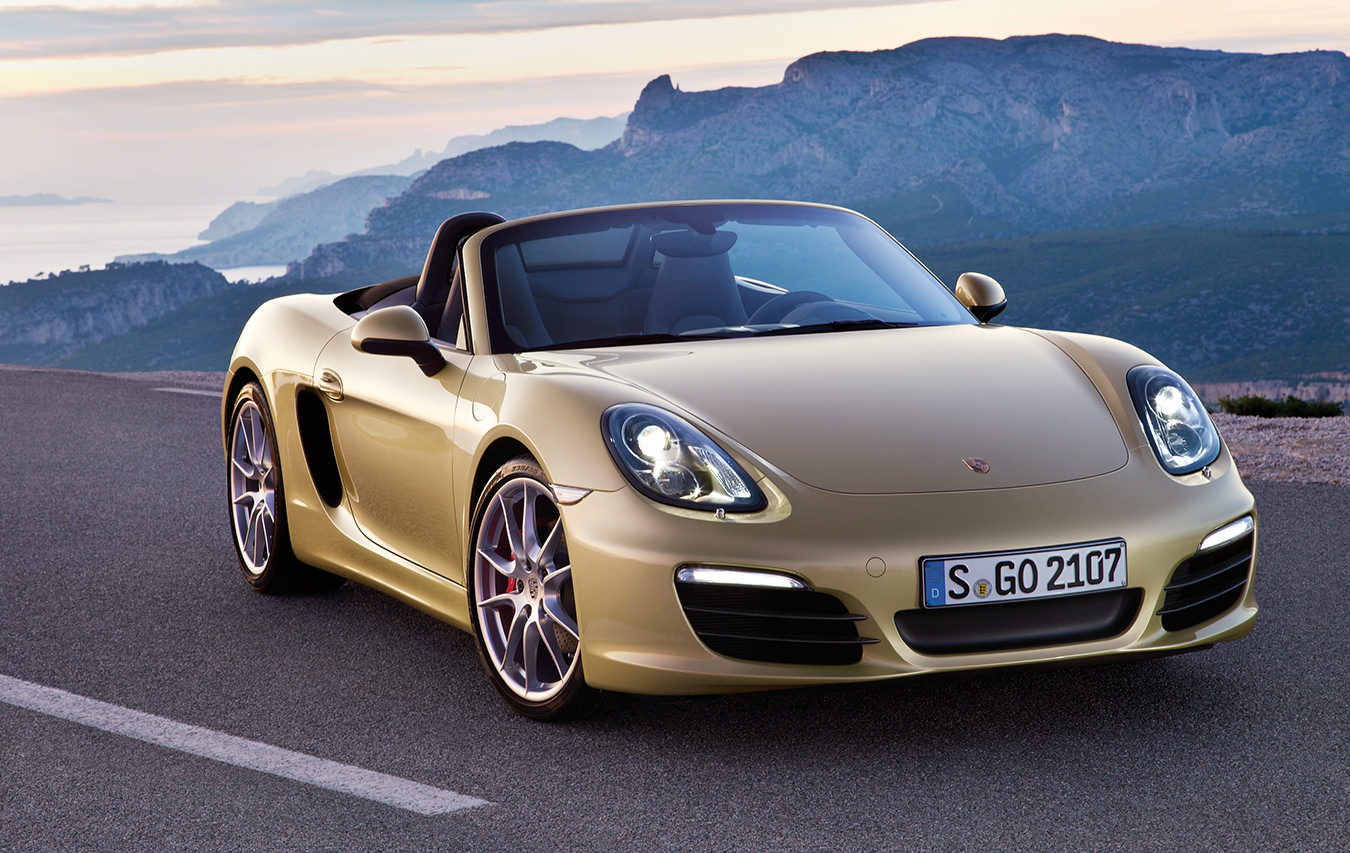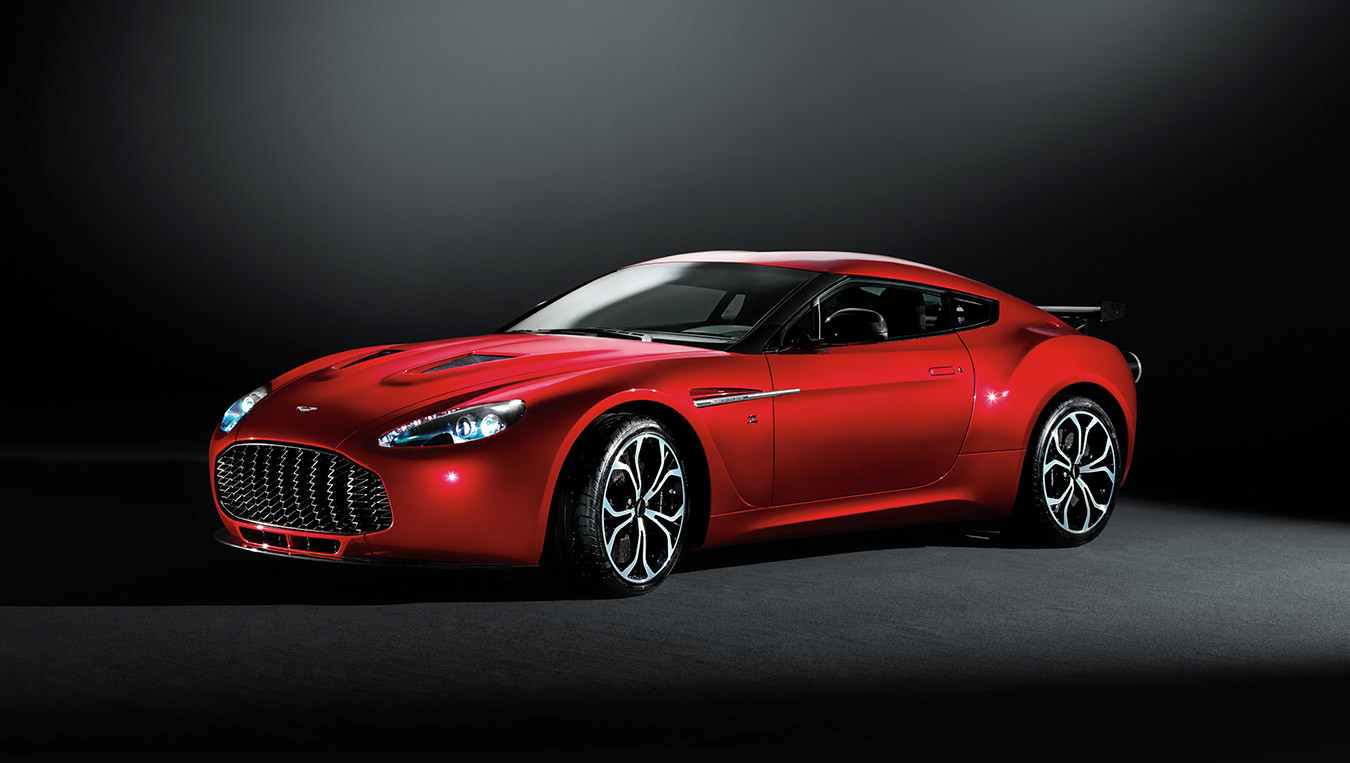-
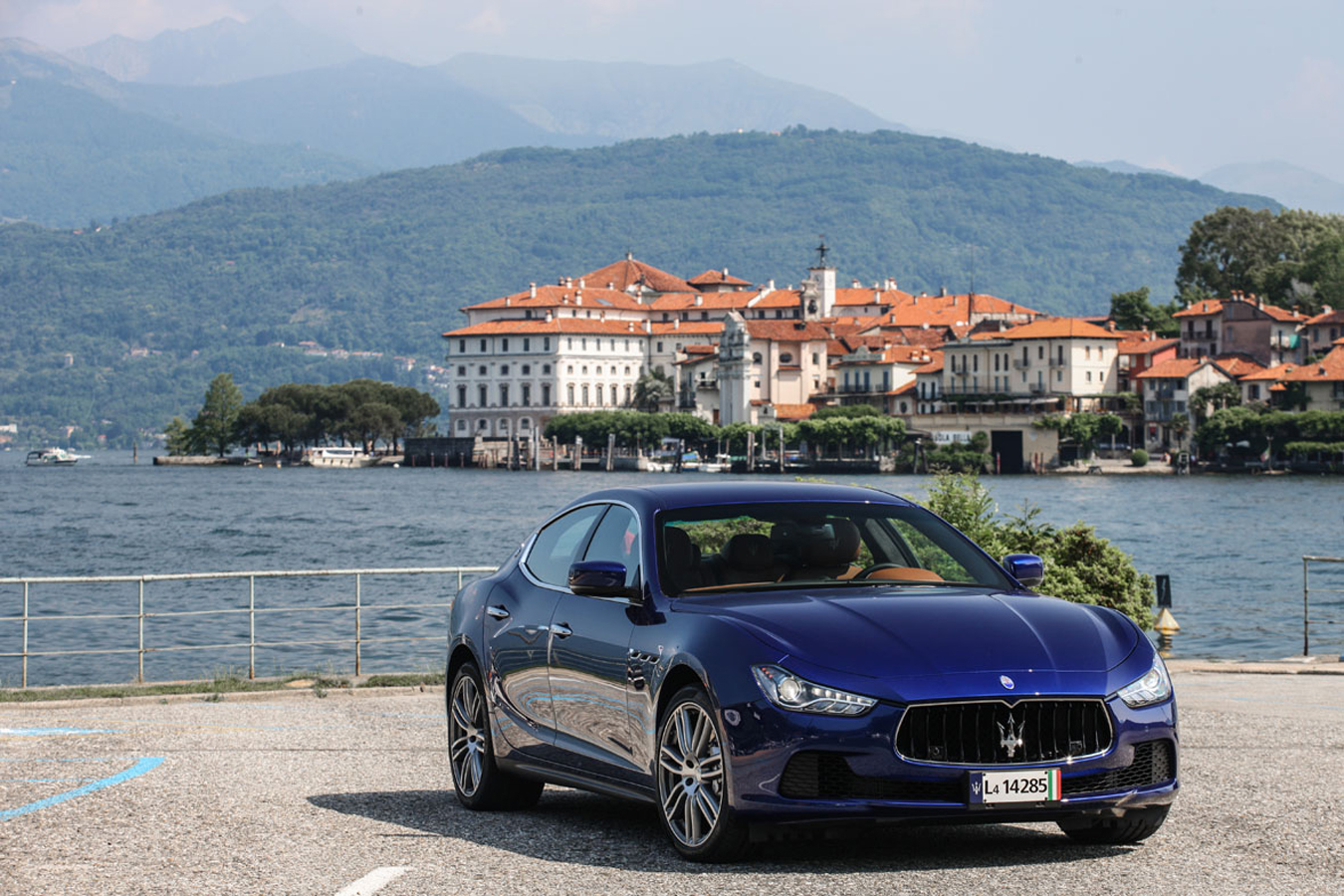
Maserati is the first auto manufacturer to offer silk trim with threads developed for Maserati by Ermenegildo Zegna.
-
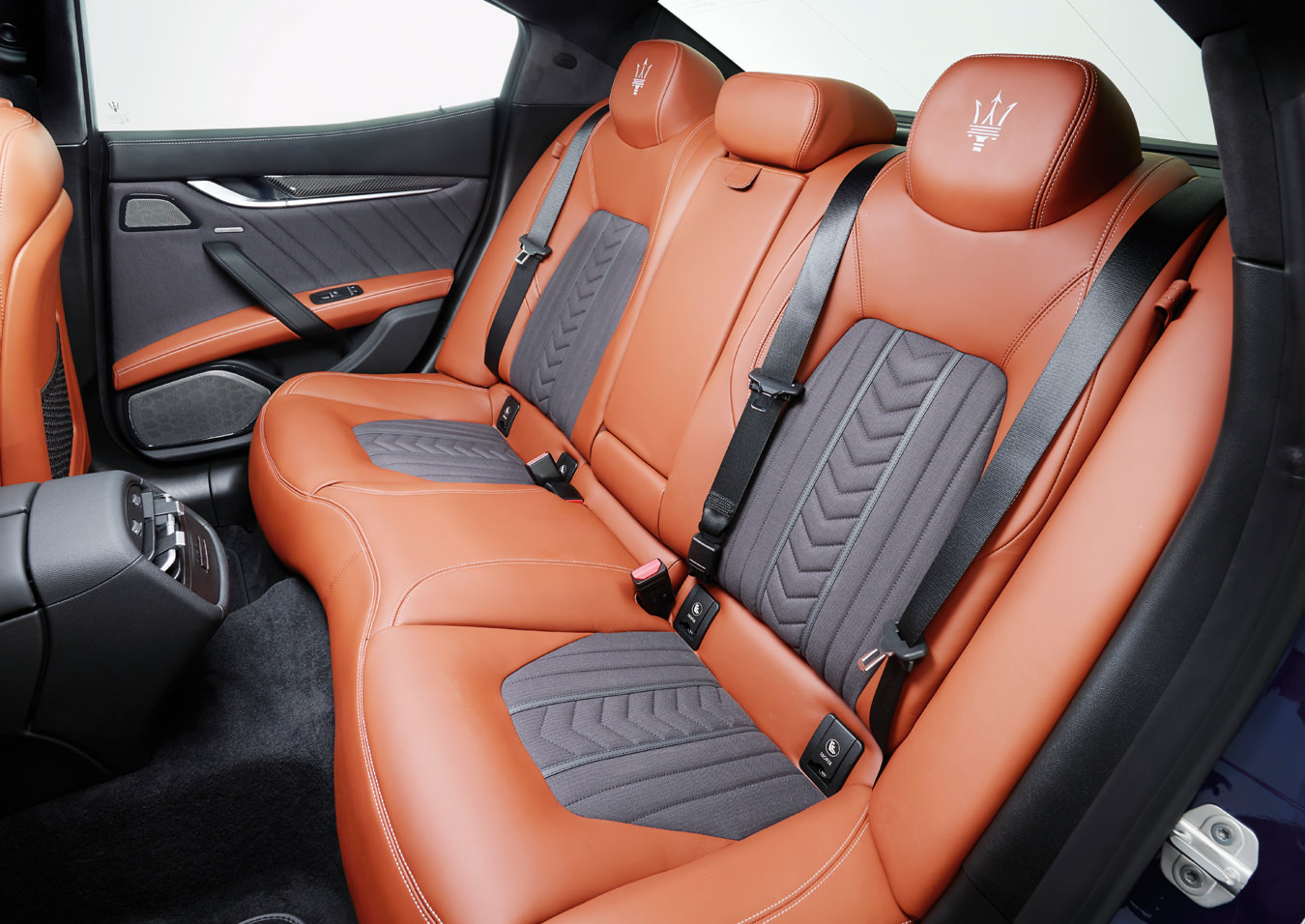
The Ermenegildo Zegna silk trim is available on the Maserati Quattroporte and Ghibli. Each car takes 12 metres of silk.
-
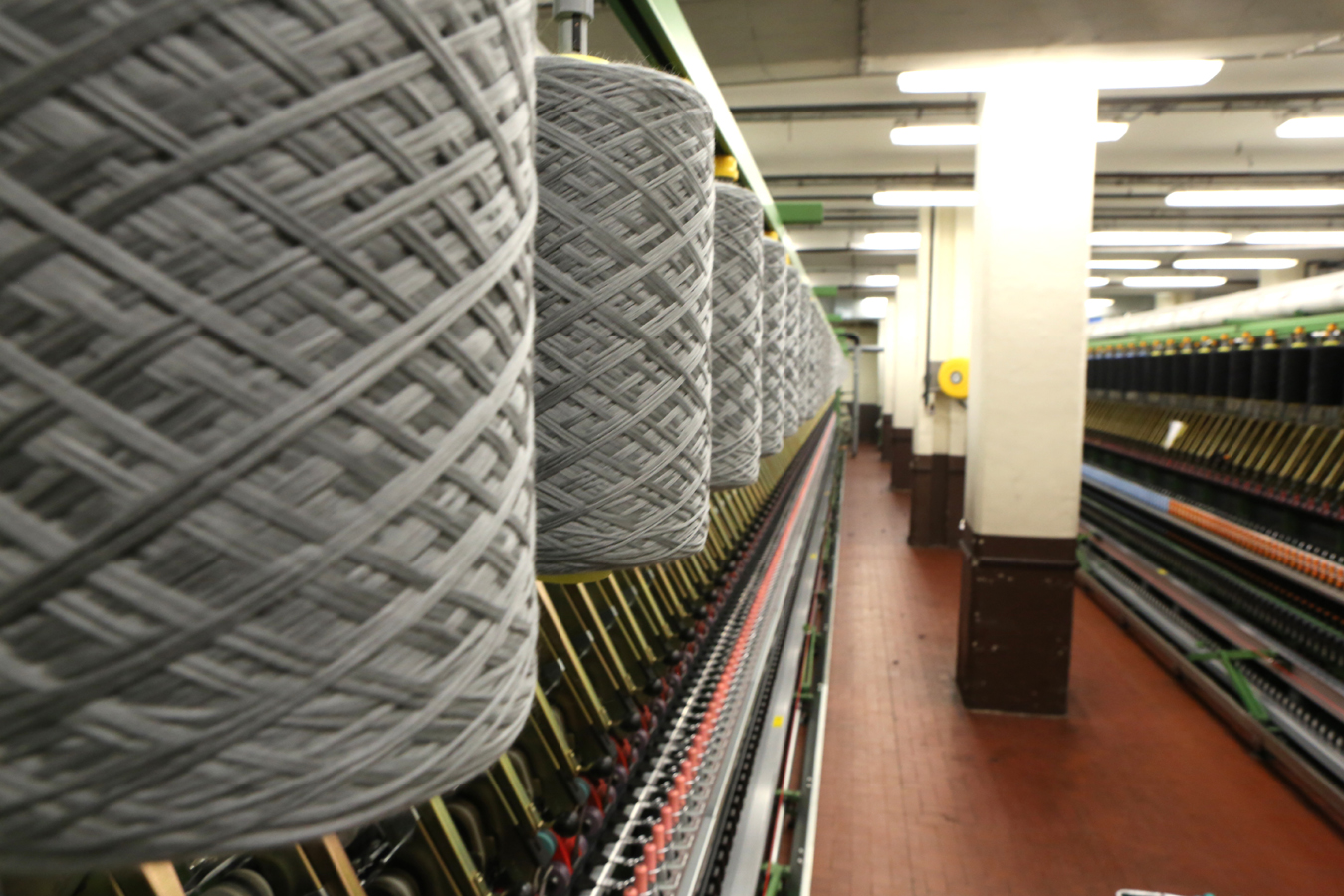
The team at the Ermenegildo Zegna wool mill in Trivero, Italy, took three years to develop the automotive silk weave for Maserati.
-

To test its UV-resistance, the silk is subjected to intense heat and protracted exposure to sunlight.
Made in Italy
Ermenegildo Zegna and Maserati team up to make the best-dressed car.
In recent years, automobile manufacturers have responded to the increased demand for “personal” with special designer editions created in collaboration with fashion houses. Some manufacturers have gone to extreme lengths in pursuit of individuality, ranging from custom exterior paint treatments to luxurious interior embellishments and bespoke accessories. In 1979, there was the Cadillac Seville by Gucci. The Bugatti and Hermès edition of the Bugatti Veyron was released in 2008. And last year, Thom Browne and Zac Posen worked with Nissan’s luxury division to create the Infiniti Q50.
Taking pleasure in the merits of exclusivity, Ermenegildo Zegna and Maserati have accelerated the concept to an entirely new level. An Ermenegildo Zegna–upholstered Quattroporte, one of a limited 100, was announced at the Frankfurt and Geneva motor shows in 2013. Now that the project has reached its conclusion, the two leading powerhouses of Italian style are ready to bring this treatment to the rest of the Maserati range.
This next phase includes the option of an Ermenegildo Zegna silk trim on all new Quattroportes and Ghiblis and, when it’s launched next year, the Levante as well. The trim—in anthracite (dark grey) Ermenegildo Zegna silk—includes seat panels, doors, sun visors, and roof lining, and is designed to be as durable as any alternative.
“There is an atmosphere around silk,” says Paolo Zegna, chairman of the Ermenegildo Zegna Group, “a meaning in the consumer’s mind that is quite unique.” The silk, specially developed for Maserati by Ermenegildo Zegna’s technical team in Trivero, Italy, needed to endure a traditional automotive durability cycle, which basically means that a dummy got in, sat down, was pushed and pulled, and got out—about 250,000 times. “When we first started to do this with the silk-wrapped seat, after not even 10 per cent through our standard cycles, there were more holes than remaining silk,” says Harald Wester, chief executive officer of Maserati. The silk was also subjected to sunlight and heat for longer than any Ermenegildo Zegna suit normally would be. “A car is exposed to a huge variation of temperatures—usually we test from –35°C to 80°C. We are supplying cars in any type of climate, any humidity up to 100 per cent. You can imagine that it gets parked for hours in the really intense sunlight, so UV protection is very important.”
It’s perhaps not surprising, then, that the process wasn’t easy. In fact, early versions of the Ermenegildo Zegna automotive weave failed. “The beginning was tough,” Zegna says. “The first trials were not positive, but we were determined to achieve it.” The finished textile, as robust as the rest of the inside of the car, contains mulberry silk just 10 microns thick (a single human hair is 50 to 60 microns). Each car takes 12 metres of it; compare that to the three metres that go into an Ermenegildo Zegna two-piece suit.
The design process took Ermenegildo Zegna and Maserati nearly three years of intense work. Because of the durability standards demanded by Maserati, the silk seats are a very dense weave, which lacks the pliancy of a clothing fabric. The textile inserts have great breathability, surprising traction, and are as firm as the Poltrona Frau leather around them. “Having achieved this is certainly something,” says Zegna, “something that creates an interest of surprise.”
Wester is confident this is an ideal match. “We’re both Italian and family-founded. We both have over 100 years of Italian excellence, history, and heritage. The collaboration goes beyond a co-marketing activity,” he says. “I want our customers to have an emotional relationship with our product.” The Ermenegildo Zegna threads certainly help. The company’s reputation is founded on the finest of cloth, and its textile expertise lends the Maserati interior anambience that is atypical in the world of super sedans, let alone a Quattroporte S Q4, with a V6 engine that hits 100 kilometres an hour in 4.9 seconds, thanks to 410 horsepower and 550 pound-feet of torque.
The Giovanni Agnelli plant, located in Grugliasco, Italy, is extremely important for the once-troubled Maserati. Until recently, the manufacturer was struggling to sell its vehicles, but nowadays, thanks in part to the reintroduction of the Ghibli, the House of the Trident is more appealing than ever. “We are closing an important cycle,” says Wester, referring to the “old Maserati world” that saw a production of between 6,000 and 6,500 cars a year. “Maserati, as it was, was too small to live and too big to die. It needed to become a sustainable business. We have chosen to keep our characteristics, but where we are going, our product, the Quattroporte, is a different animal than the one it was before. The Ghibli is a significant extension—a democratization of the Maserati world. And the Levante, the first-ever SUV, will change this further.” The Giovanni Agnelli plant was inaugurated on January 30, 2013; less than two years later, the 50,000th car rolled off the production line.
Maserati’s plans for growth, says Wester, will always be underpinned by exclusivity—and when all is said and done, that’s what the Ermenegildo Zegna tie-in is all about. That discreet Ermenegildo Zegna Exclusively for Maserati badge on the sun shades denotes a cabin dressed in materials that whisper couture. “In a world projected for 2020 where globally we’re going to produce 115 million cars—produced and sold—60,000 Maseratis is a drop in the ocean. There is absolutely no risk that when you’re leaving your house in the morning and you see a traffic jam, you are going to see a long row of Maseratis,” says Wester. “That’s not going to happen, unfortunately.”
Ermenegildo Zegna and Maserati have been working together for years, having jointly developed limited-edition luggage and other accessories, and their current collaboration is more than just a trim job. To honour the release of the Ermenegildo Zegna silk trim package, a capsule collection that includes outerwear in leather and technical silk, special edition sneakers, anthracite silk scarves, sunglasses, and leather goods will be available come November. And in 2016, Ermenegildo Zegna and Maserati will together offer a bespoke service that allows Maserati customers to tailor their customization and work with the carmaker and clothesmaker. And their work together continues beyond wheels; Z Zegna is a sponsor of Maserati’s VOR 70 sporting yacht, a 70-foot, carbon fibre monohull racing boat outfitted in Z Zegna technical pieces and built to face the challenges of oceanic sport, including a round-the-world race it completed in 2008-2009.
Of this first-ever endeavour of the use of silk for cars, Anna Zegna, image director and president of Fondazione Zegna (a foundation created by the Zegna family in 2000 to perpetuate humanitarian initiatives) notes, “No one would have been able to take a material like silk and create what we did.” This isn’t boasting, but fact. The Trivero wool mill, founded in 1910, is a textile playground, and it’s been the backbone of the company’s success. Threads are woven here into internationally renowned fabrics; every major Italian designer brand from Armani to Versace has been a customer of Ermenegildo Zegna fabrics. And there are the non-Italians, too: Tom Ford and Saint Laurent.
Anyone with a penchant for timeless elegance will appreciate this latest offering from Maserati. And the ultimate finishing detail, in line with a su misura (made-to-measure) Ermenegildo Zegna suit, is your name embroidered on the driver’s side silk sun visor. “This is what the luxury world is looking for,” affirms Wester, “particular items that nobody else has. This is what people want. Unique. Yours.”

